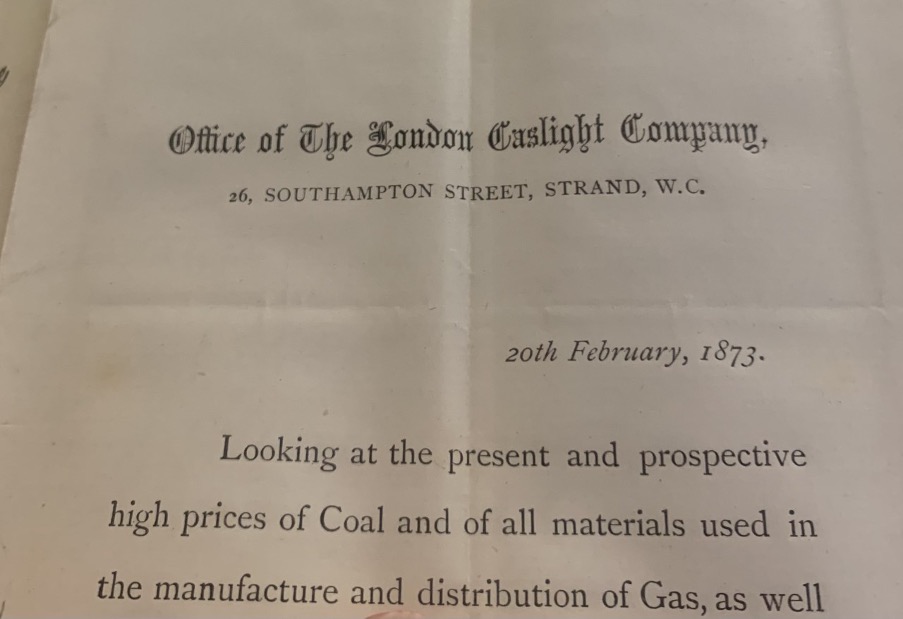5 Jul 2023
Writing with her historical research hat on, Jane RVN looks at the differences between modern veterinary practice and Victorian factories‘ use of child labour.

An early-20th-century photograph by Frank Meadow Sutcliffe of a child working in a factory alongside adults.
One particular joy of my PhD is mentally spending my days in Victorian London and, as with all history, I can see parallels between my current world and the historic one I’m researching.
Firstly there is the current cost-of-living crisis. Fuel bills are spiralling, and homes and businesses are struggling – but this is not the first time this has happened.
In 1873, a letter to the RCVS from the London Gaslight Company explained the reasons for an increase in the price of gas that will feel very familiar.
By that year, the royal college had secured the freehold of its first building at 10 Red Lion Square, and there was an active house committee to deal with the maintenance of the building and associated costs.

Secondly, as we ponder a better balance of work and life, it often seems we think this is a modern problem, but it really isn’t – and this is where parallel histories become slightly sad.
In 1833 a new act came into effect on a Victorian attempt at work-life balance. The 1833 Factory Act stated:
Of course, I’m not making any kind of comparison regarding the age of the employees, but the working hours look familiar. A quick search reveals “evidence” that the average working week for a vet in the UK is currently 43 hours, but I’m sure we’re all aware of the hazards of data and know that clinical hours are often much longer.
So, as we strive for a 21st century work-life balance, are we achieving a better lifestyle than the child factory workers of the Victorian age? Well, maybe. But maybe not…
Another aspect of the 1833 act was to ensure children under the age of 13 received elementary schooling for two hours each day. So, suddenly, a 45 or 15 hours-a-year of CPD seems a fairer workload. However, we are still working long hours every week, which has an impact on health and well-being.
Even if you had a PA and personal chef (my dream when I win the lottery), there is still little time to decompress after a long day, see family and friends, or have a hobby. We may not be at as much risk of rickets, but we still need to make some serious changes as we are still working in conditions similar to a Victorian child factory worker – in the 21st century.